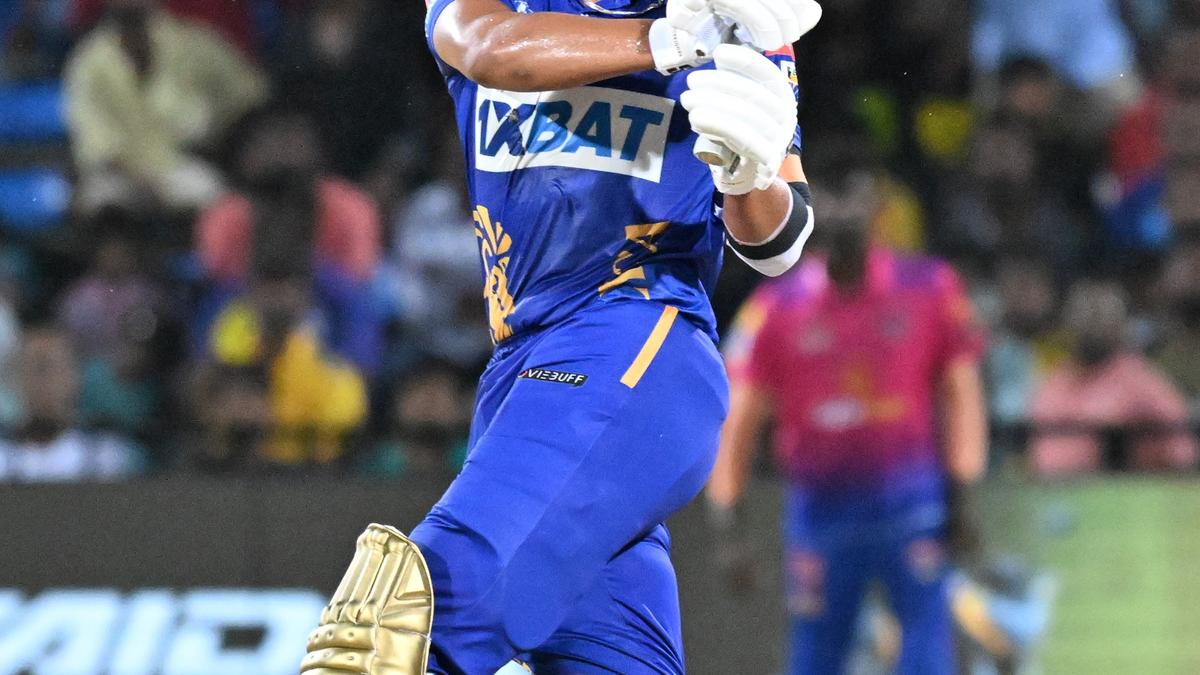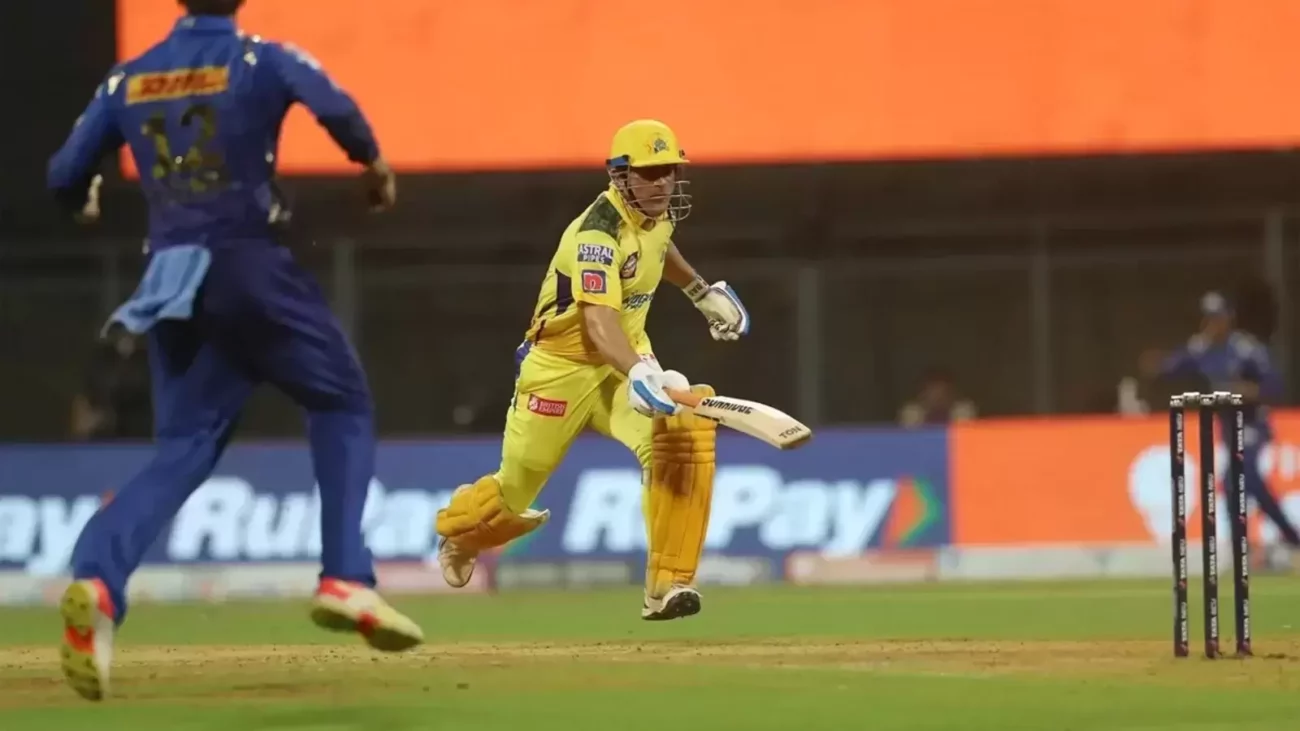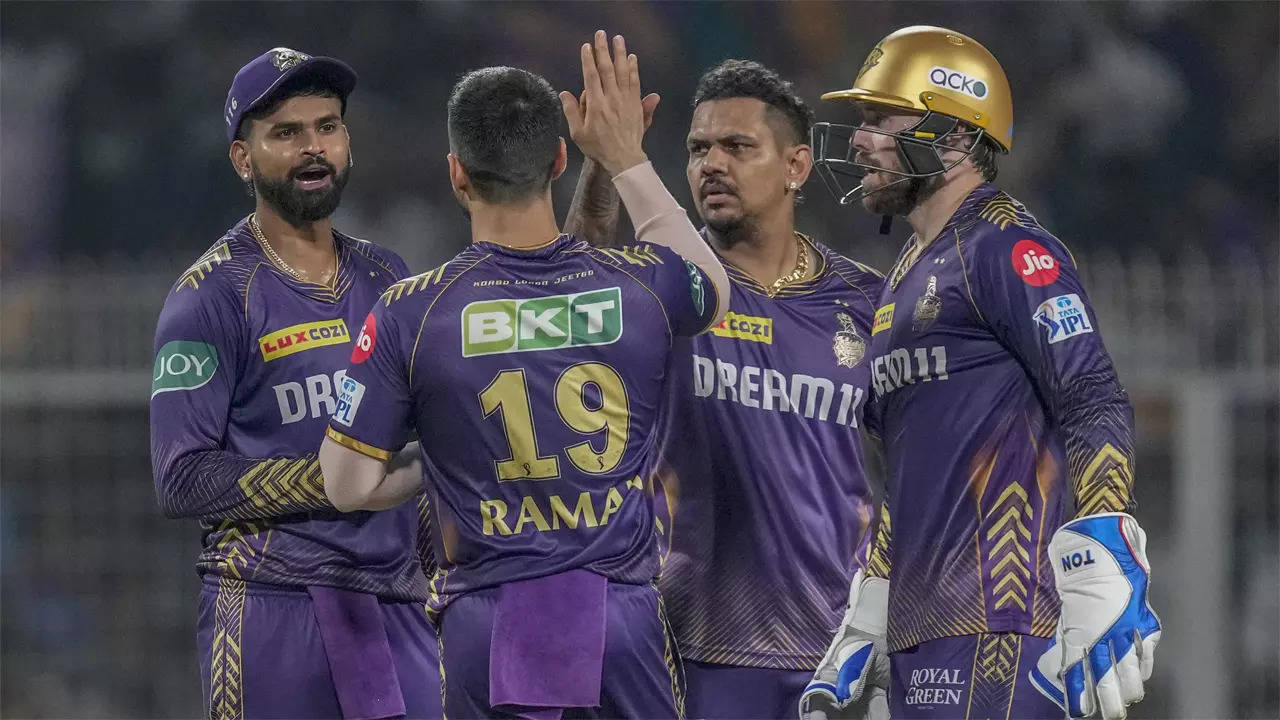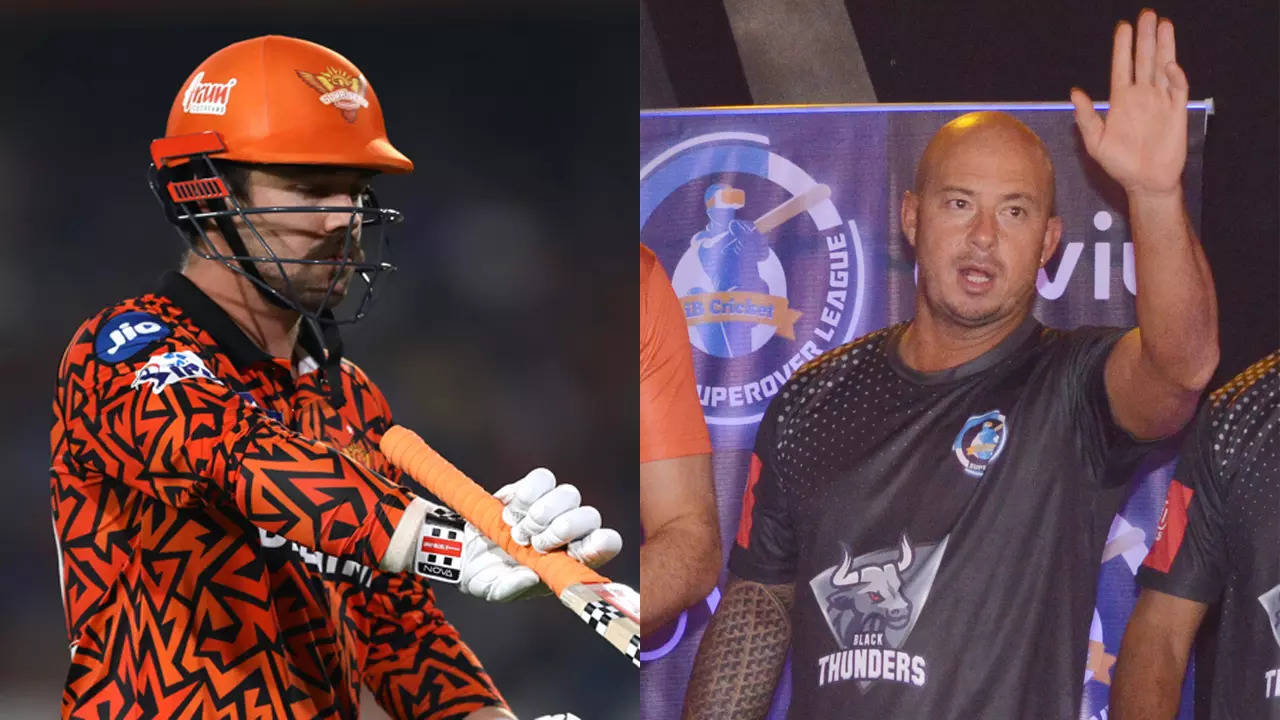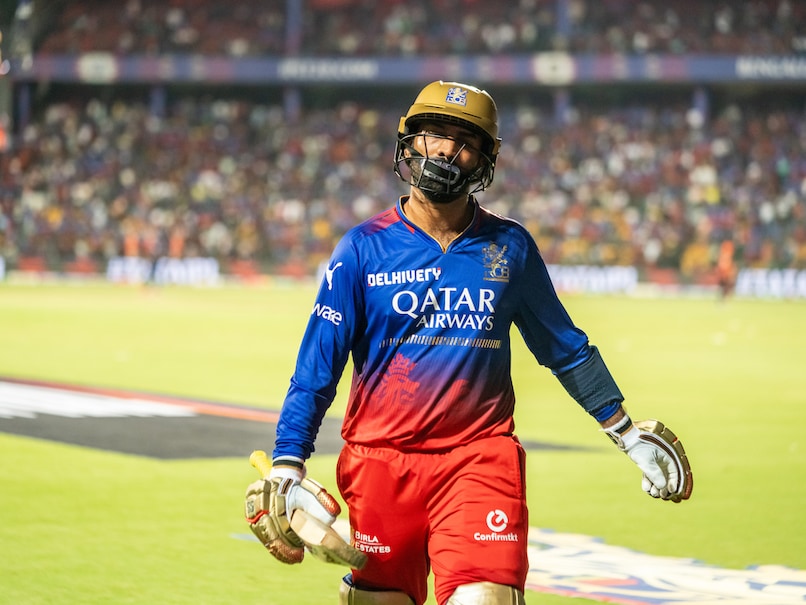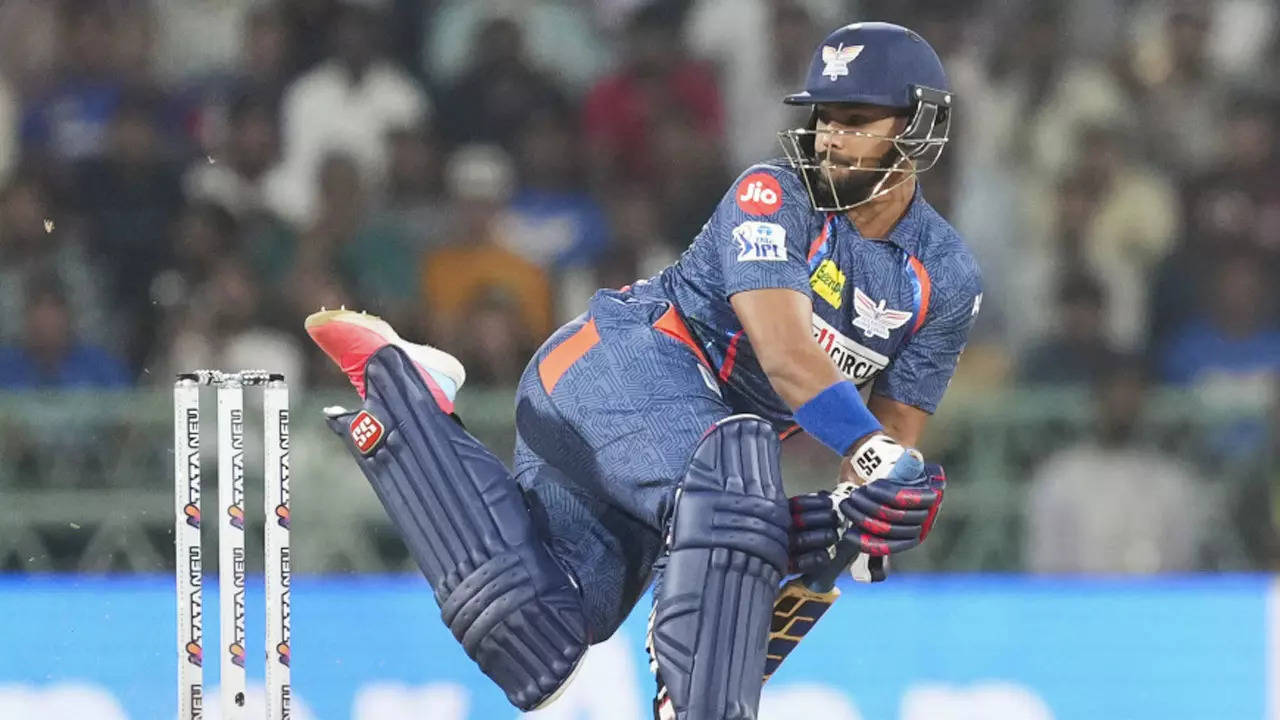M. Shahrukh Khan: From Uncapped Talent to IPL Star and National Team Contender
M. Shahrukh Khan, a rising star in Indian cricket, has emerged as a sought-after talent in the Indian Premier League (IPL) despite being an uncapped player. Over the past four years, he has secured lucrative deals with various franchises, showcasing his exceptional batting abilities.
In the recently concluded IPL season, Shahrukh played for Gujarat Titans, where he made significant contributions to the team’s success. He scored 127 runs at a remarkable strike rate of 169.33, including a maiden IPL half-century. This performance highlighted his growth as a batter and his ability to adapt to different roles.
Previously, Shahrukh played as a finisher for Punjab Kings and Gujarat Titans, where he was tasked with scoring quick runs in the final overs. While his IPL numbers may not reflect his true potential, a closer examination reveals his consistent performance in the last two seasons. He has maintained a brisk strike rate, indicating his ability to clear the ropes effortlessly, especially against pacers in the death overs.
However, Shahrukh has acknowledged his shortcomings against spinners. In the past, he relied heavily on timing and power, which made it difficult for him to counter the slower deliveries. This season, he worked diligently to improve his technique against spin, seeking guidance from Vikram Solanki and Mithun Manhas.
The result of his efforts is evident in his improved strike rate against spinners, which has converged to similar levels as his strike rate against pace. He has also increased his boundary percentage, scoring one boundary for every four balls.
Shahrukh’s all-around abilities extend beyond batting. He is a tidy off-spinner who has consistently impressed with his bowling. In the 2023 TNPL, he topped the wicket charts and has continued to perform well this year, taking 11 scalps so far.
Shahrukh’s impressive performances have caught the attention of the national selectors. In 2022, he was called up as a back-up during a home series against West Indies. He believes that he is now a more well-rounded cricketer and is ready to take the next step in his career.
“I think I had a good IPL and made an impact in whatever chances I got. The numbers I have must also be seen in the context of where I bat, and (Ashish) Nehra was happy with what I have done. I am 100% certain I can get back in the reckoning in the next three years,” Shahrukh said.

